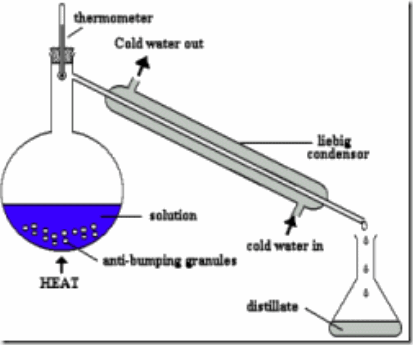1. Before a “walk-away” from an Opportunity
2. Before “No-bidding” an Opportunity
3. Before recommending a Competitor for an Opportunity
Over the last 3 years, all of these issues have arisen with BMAC Clients
and what was missing was the conversation between the Salesperson and the Sales Manager.
No Salesperson is allowed to take these decisions on their own, ever!
These three Decisions are Joint Decisions where the Salesperson “recommends”
but the Sales Manager “decides”.
This more than just a “sanity check”, it is good Business practices. Taking the Decision on your own is not only Bad practice; it can lead to your dismissal.
1. The walk-away.
Learning when to walk away from an Opportunity is a key skill common to all Top Sales performers (and Professional Gamblers).
It’s a complex formula of Cost/Reward based on you “Likelihood to Win” the deal. If the odds are stacked against you, then it makes no sense to throw good money after bad. The common failure of Poor Sales Performers is to waste huge amounts of time on “No Hopers”, because they have a near empty Pipe line!
The walk away review with the sales manager should involve a Joint Customer visit, to confirm the facts. A bold move is to inform the Customer of your intended walk away and your reasons for it. Again, this should happen if it needs to, but it should not happen on a whim!
Sometimes we have to change the Salesperson and reallocate the account.
2. No-Bidding an opportunity.
This should be done during a “special” Opportunity review. It is based on risk/reward, pursuing “no-hopers” COSTS our Company money for no reason, no reward! Bids are expensive processes, the biggest cost is the other business lost while using key resources on the bid! It is reasonable to expect a win possibility of better than 50% before bidding an opportunity. The no bid special review occupies the 20%-50%, range. Below 20%, why are you bidding? The no-bid decision should be reviewed with both the Manager and the Customer. Strangely, the no-bid announcement can have a dramatic effect on the Prospect, increasing the likelihood to win greatly!
Again, the Sales Manager may have to reallocate the opportunity to another Salesperson if there is a particular need for Skill or Knowledge which would bring the opportunity to a “likely to win” status.
3. Recommending a Competitor.
(This would be a Firm which competes with you directly in the same Product/Market, not a Complimentary Product which you don’t have!) For many of my Clients this is NOT allowed. However, during the last decade, the rise of the “Trusted Advisor” has led to this occurring more and more often. There are two reasons, why salespeople may recommend a Competitor. The first is in a reasoned way, in the hope of winning TRUST and credibility with the Prospect which will pay off in a big way later. The second reason is because the Sales person is CRAZY. Both are really good reasons for NOT taking this decision on your own, but involving your Sales Manager to review your recommendation and for the Manager to agree or disagree, i.e. The Sales Manager makes the final decision. A key question which must be discussed internally is “What if I am wrong?” The consequences of giving your Competitor Account access AND your endorsement may have devastating and long term consequences. If the Competitor performs well, you could find yourself “locked-out” for years; if your Competitor performs poorly you may share the blame, thanks to your Recommendation! Lose, lose!
BMAC Consultants believes this is ALWAYS wrong.
If you are using it as a “technique” to gain trust, ultimately the prospect will realise you are manipulative. If you are foolish or crazy then you are likely to lose your job.
DON’T DO IT.
No-bid, or Walk-away.......
come back to fight another day!
Further thoughts on difficulties with Trusted Advisors:
http://brianmaciver.blogspot.com.es/2011/12/dont-trust-trusted-advisor.html
.














